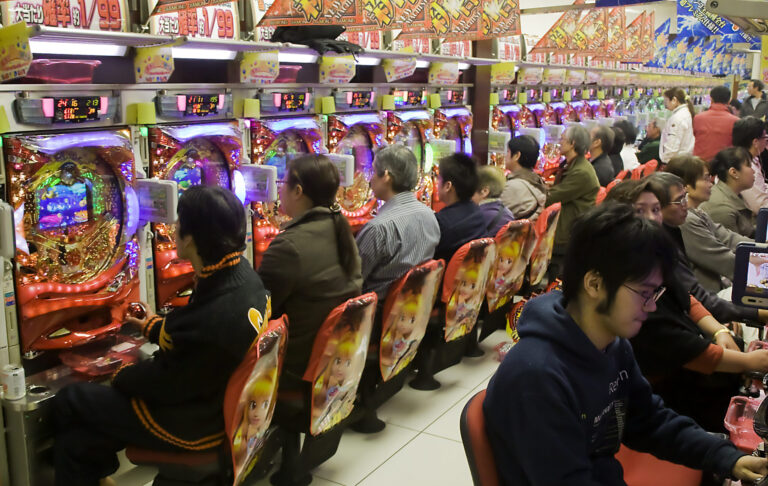When you think of curry, you usually think of India, the homeland of the dish. In Japan, while they do have Indian curry on many a restaurant menu (it’s called “indo karee” in Japan), there’s a Japanese treatment of curry (called “karee,” pronounced “kah-ray”) that’s far more popular.
Curry has only been in Japan since the late 19th century, but it’s already considered a fairly quintessential Japanese dish. Curry made its way to Japan via the English Navy. As India was an English colony at the time, the British had been influenced by Indian cooking and introduced the way in which they replicated the dish to the Japanese once Japan opened up to the West. In the British recipe, curry mimicked the style of Western stew, and that became the basis of Japanese curry.
Japanese curry took a while to catch on, but it positively flourished in the late 1960s. Besides being available in many food stands and restaurants, the curry roux mix made it possible for Japanese homemakers to easily make the dish at home. It wasn’t until the 1990s that actual Indian-style curry became somewhat popular in Japan as well.
Japanese curry is traditionally much less spicy than Indian curry, although it can be extra spicy at the chef’s discretion. The sauce is typically made from curry powder, flour and oil (and can more easily be purchased rather than made in the form of curry roux in supermarkets). The basic vegetables cooked in the sauce are carrots, onions and potatoes, but the chef can add any number of vegetables (and fruits!), such as peas, scallops, eggplants, turnips, broccoli, lotus roots, pears, melons and apples. Also in the curry is usually a meat, either cooked without additives or deep-fried first. Popular choices in Japan include beef, pork, chicken, oyster, duck and even deer.
Served over rice, Japanese curry is known as just “karee” or “karee raisu.” Other popular ways to eat Japanese curry include as the filling in bread (“karee pan”), over Japanese noodles (“karee udon”), with a raw egg (“yaki karee”) and as a soup (“suupu karee”). Japanese curry is usually quite affordable and can be found at most types of restaurants in Japan, fast-food and sit-down alike.
Have you tried Japanese curry? Did you like it more or less than Indian curry? Which type of Japanese curry seems the most appealing to you?
No related posts.
Tags: curry, Food, japan, japanese culture, japanese curry, lunches, Rice



